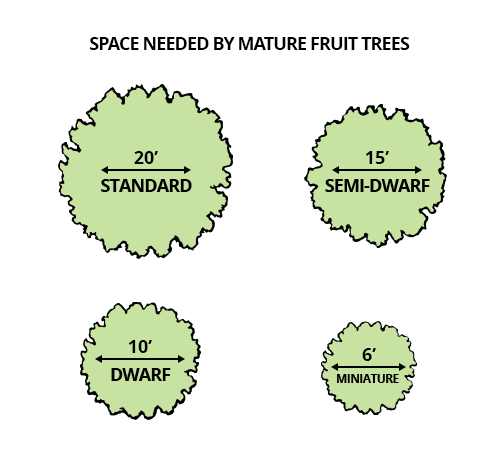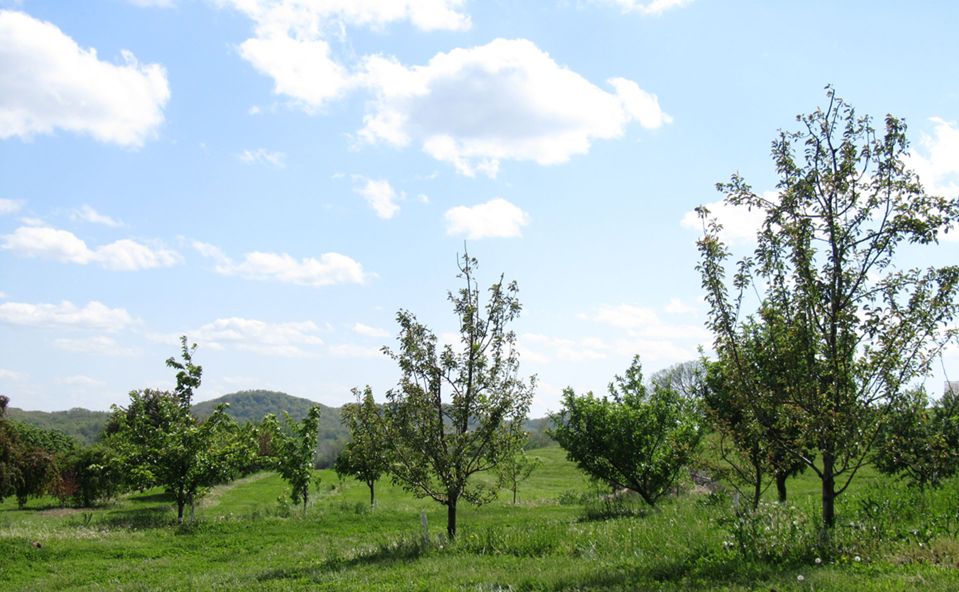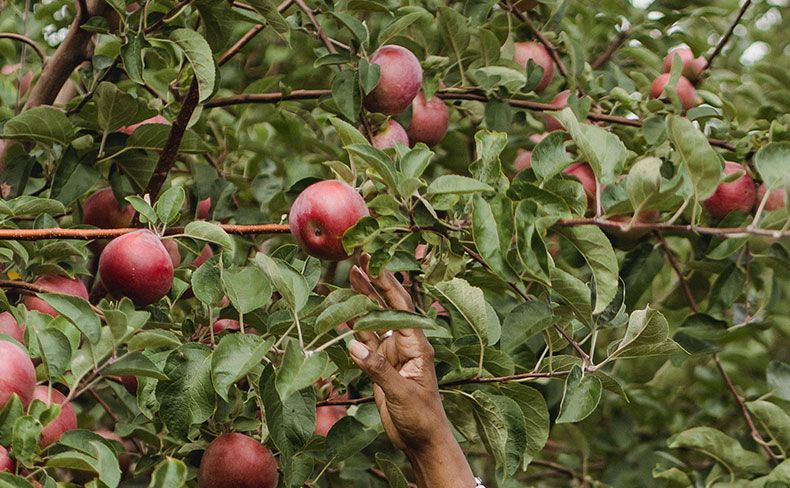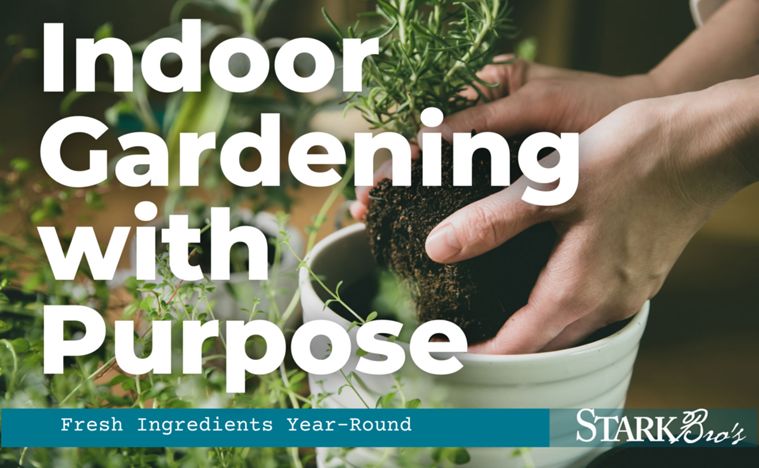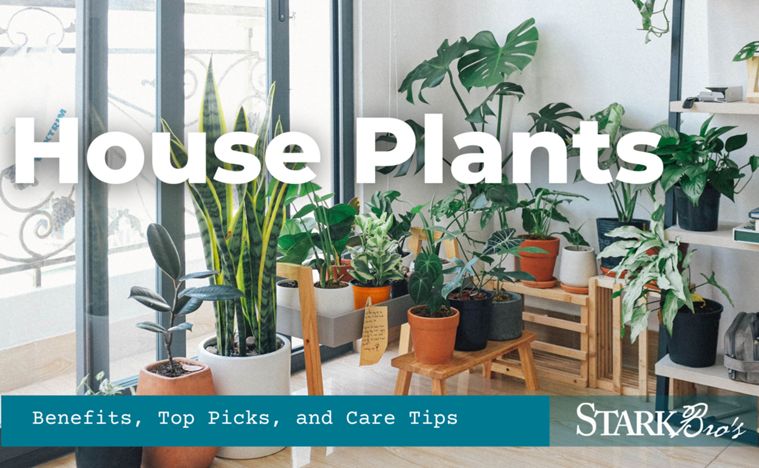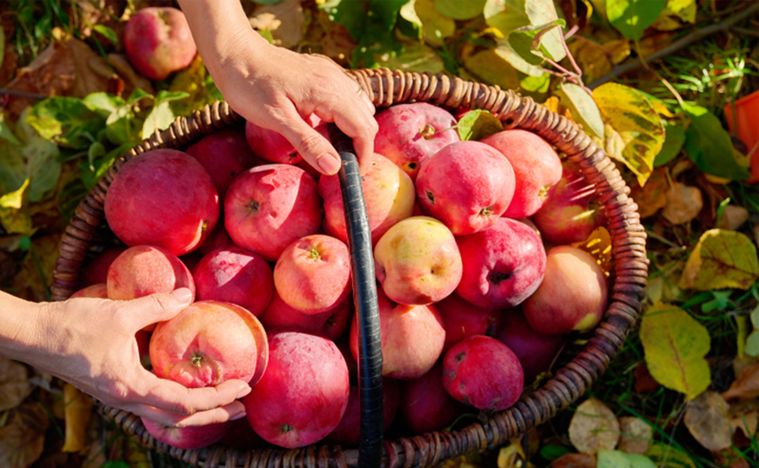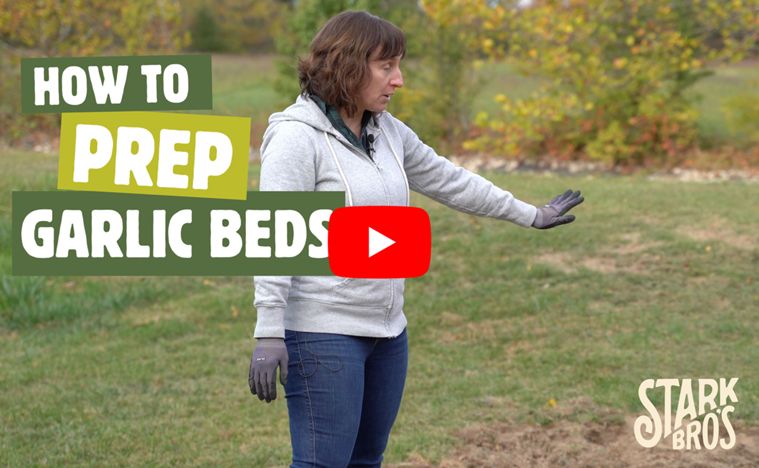What Does Recommended Spacing Mean?
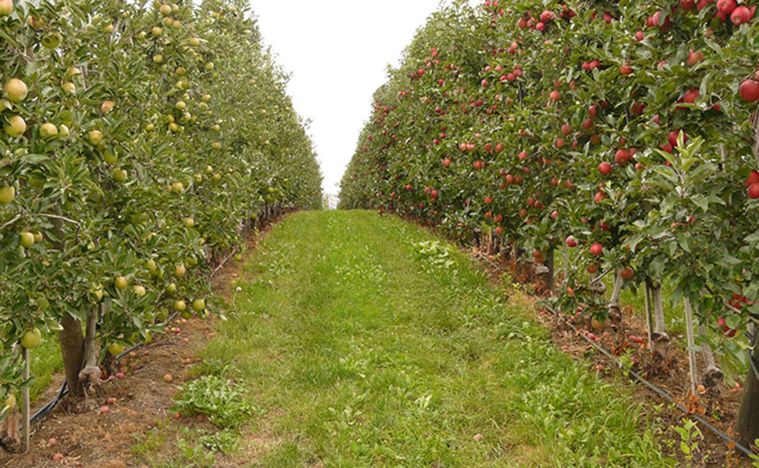
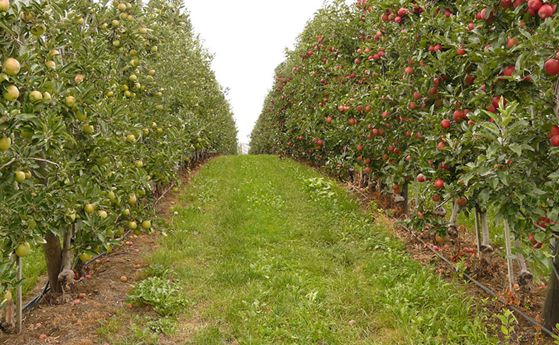
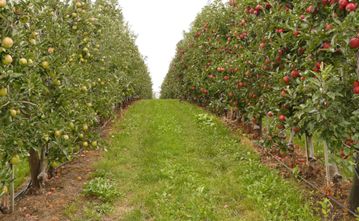
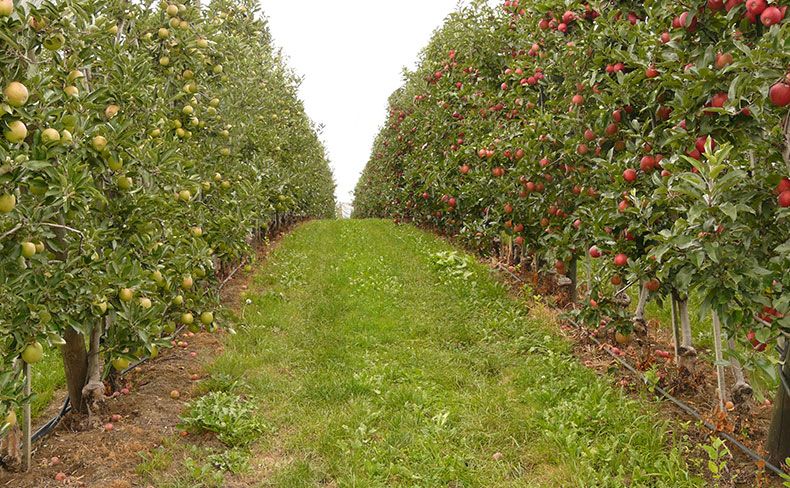
In the information age we live in, when it comes to growing fruit trees, nut trees, shade trees, berry plants and more, it is quick, easy, and even convenient to pick up useful tips from various sources. Stark Bro's provides resources for convenient information and things to consider while shopping. We also address some Frequently Asked Questions about our products and services.
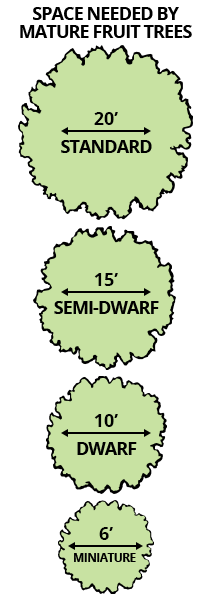
It is not uncommon to feel that the information you come across sometimes seems confusing or even a little overwhelming, especially if you are new to growing your own. We have articles addressing some common questions about growing fruit trees in containers and espaliering fruit trees. However, there are some questions that we have not previously answered, so we will address them here.
Frequently Asked Questions & Their Answers:
1. What does a tree's "Recommended Spacing" refer to? Distance between canopies? Trunk to trunk?
The easiest way to approach recommended spacing is to think of it as the space between planting holes. We'll give an example:
If a tree's mature size and recommended spacing is 10 feet wide, this represents its mature canopy's diameter (and more or less the same for the root system under ground). That means the canopy's mature reach, or radius, will be about 5 feet on any one side of the trunk. So, if you are planting two trees next to each other, both with a mature 10-foot width, then allowing for 10 feet between planting holes will accommodate their branching without overcrowding. That's why knowing a tree's mature spread is important! Trees need their space for light and air movement. Selective pruning helps avoid crowding if space is limited.
Learn more in our article explaining fruit tree sizes:
2. The Lombardy Poplar has a recommended spacing of 8-10 feet between trees. Can they be planted closer together for a windbreak?
The recommended mature spacing is for growing the tree as a shade tree in the landscape. For windbreaks, you may space columnar shade trees like the Lombardy Poplar as little as 5 feet apart.
Note: be sure to avoid planting near sewer systems, water pipes, as well as things like power lines and sidewalks, since large trees can cause damage to existing structures.
3. Are Hybrid Willows evergreen or do they lose their leaves in the fall?
Willow trees, like the Stark® Hybrid Willow, are deciduous – meaning they will lose their leaves when they are dormant. Fortunately, these trees do not rely on a leafy canopy to work as living windbreaks in the landscape. Read more about the benefits of shade trees in your landscape in our article about the Hybrid Willow.
4. My raspberry plants are growing from the canes and also from the roots. Should I remove the shoots coming from the roots?
Unlike most of the fruit trees we carry, our raspberry plants are not propagated by grafting. This means that the new growth they send up from their roots is going to have characteristics true to the variety. It is actually in the nature of a raspberry plant to send up its new growth this way, since the older canes will die back after they have fruited. The "suckers" that grow from raspberry plants' roots may be removed if they are in an unwanted location, or they can be left to grow and later produce flowers and fruit! Learn more in our article about planting bare-root raspberry plants.
5. Which grape varieties have edible leaves?
Shiny leaves, like those that grow on Concord grape vines, tend to be more favorable for culinary uses like stuffed grape leaves, but both fuzzy and smooth/shiny grape leaves are edible. This includes leaves from varieties of table grapes, wine grapes, and even muscadines!
For culinary use, it is recommended that you harvest new leaves, since they are more tender. It is also recommended that you wait and only harvest leaves from mature grape vines (4-5 years in the ground), since older vines tend to produce enough leaves for you to harvest, while still leaving enough to support the plant's photosynthetic needs.
Fan-favorite varieties for stuffed grape leaves:
- Concord & Concord Seedless grape vines
- Thomcord Seedless grape vines
- Golden Muscat grape vines
- Himrod Seedless grape vines
- Flame Seedless grape vines
Still have questions about things you're growing or planning to grow that aren't covered here? Check out the rest of our Growing Guide Articles.

